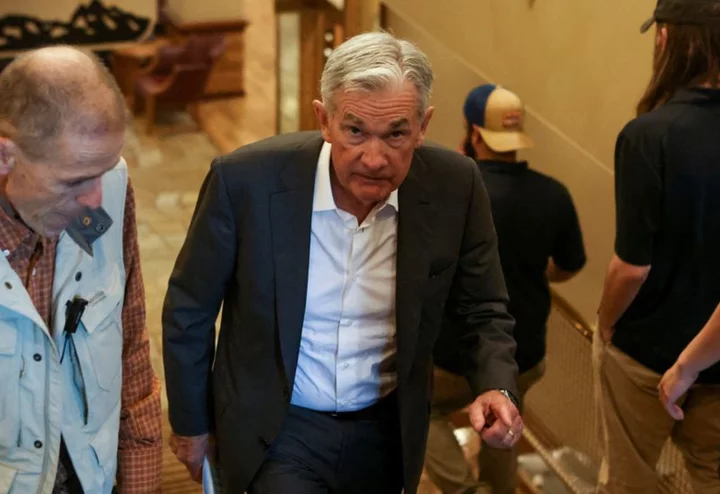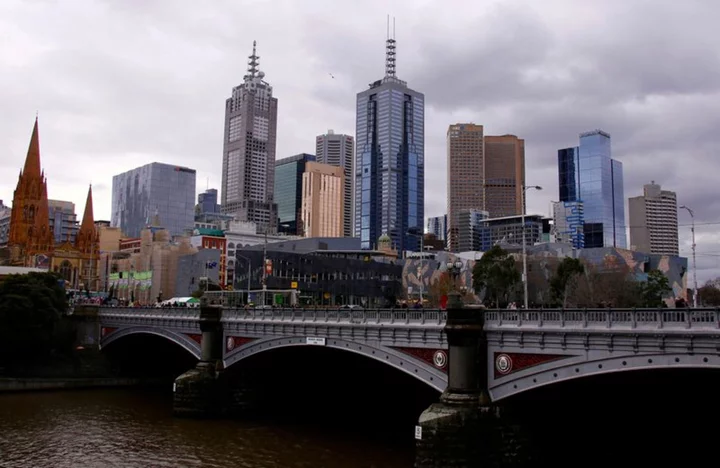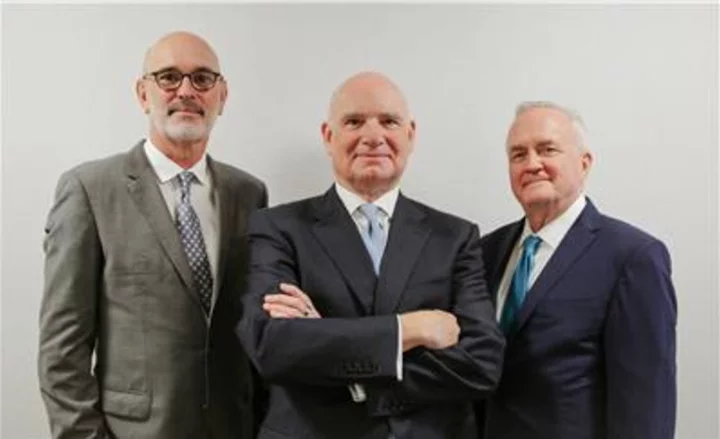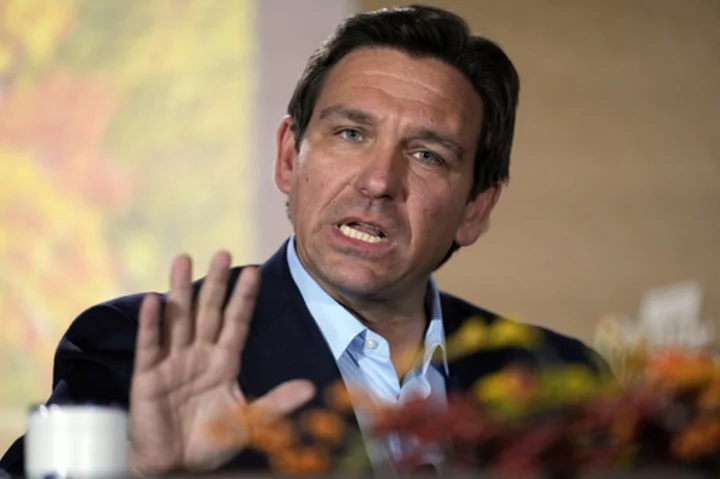By Howard Schneider
JACKSON HOLE, Wyoming Inflation has been falling. The unemployment rate is a low 3.5%. The U.S. economy has avoided a threatened banking crisis and financial markets have not only aligned with the Federal Reserve's tight-credit policies but of late even helped the process by bidding up market interest rates.
When Federal Reserve Chair Jerome Powell delivers a keynote speech at a central bank research symposium hosted by the Kansas City Fed here on Friday, that copacetic backdrop may inspire a message shaped mostly to avoid trouble.
With no clear crisis to address and no public expectations that need reshaping, why risk spoiling the party?
"If he had one sticky note on the palm of his hand I think it would be 'don't rock the boat,' in the sense of not to come across as too dovish or too hawkish," said Antulio Bomfim, until last year a senior Fed policy adviser and now head of global macro for the global fixed income team at Northern Trust. "Market pricing seems at a relatively good place...It is difficult to provide forward guidance in the current context so he would shy away."
Powell is scheduled to speak at 10:05 a.m. EDT (1405 GMT) as the main act in a research conference that will include top global central bankers, economists and policymakers mulling how the world economy is changing following the COVID-19 pandemic, the global breakout of inflation, and other events.
His speech topic is listed as "Economic Outlook" on the central bank's public calendar, but Fed chairs are given a wide berth in how they use the Jackson Hole platform and the global attention it gets. Powell's five prior speeches here have ranged from a somewhat theoretical benchmarking exercise in which he spelled out his approach as chair, to a terse lecture last year on the "pain" needed to squeeze inflation from the economy, a sharp and expectations-shifting message to financial markets that doubted his conviction.
This time, analysts and former Fed officials who've helped shape policy messages say he is likely to repeat key ideas from recent central bank meetings and statements -- particularly that data showing weaker inflation is welcome but the job isn't finished; that decisions about further rate increases will depend on the flow of data and be made meeting by meeting; and that risks to the economy have become more "two-sided" but the Fed's priority remains ensuring inflation is contained.
Beyond that he could begin sketching out how he thinks about the next stage of the Fed's policy discussions -- namely how long to keep rates at the currently high level -- or stick with the theme of the conference and lay out his views on issues like the nature of inflation, what might allow "disinflation" to continue, or whether the structure of interest rates may have changed.
NO PERFECT SPEECH
Powell and other Fed officials view the U.S. experience of the 1970s and 1980s as formative, and when it comes to the short-term policy view don't want to repeat the mistakes they feel were made in those years and fail to ensure inflation is fully contained.
"There is no perfect speech at this point," with so much uncertainty about the path of the economy and inflation and a budding split among policymakers about the immediate next steps, said Adam Posen, a former member of the Bank of England's Monetary Policy Committee and now president of the Peterson Institute for International Economics. "I think Powell’s main effort is going to be explaining to what degree you want to hold (interest rates) higher for longer in the current outlook."
Investors in contracts tied to the Fed's benchmark interest rate currently expect the Fed to begin reducing the policy rate next year from the current level set between 5.25% and 5.5%. As of June policymakers still saw higher rates ahead, with one more quarter point increase this year.
Yet even though inflation by key measures remains more than double the Fed's 2% target, it has dropped significantly from last year. Fed officials in fact have begun discussing the possibility of rate cuts down the road, at least in the context of steadily falling inflation. If inflation does decline as expected, Fed officials including Powell have suggested rate reductions might be appropriate to maintain a roughly constant inflation-adjusted "real rate."
Mapping out what the Fed will consider on that front -- how long to keep rates at the current level and what might shape the decision to begin reducing them -- would speak to the next stage of the Fed's policy discussion and address an issue that will be important to central banks worldwide.
"He can't give forward guidance in any meaningful way right now," said William English, former head of the Fed's monetary affairs division and now a professor at the Yale School of Management. "But he can talk about how they will go about making their decisions as the economy develops over the next six months to a year."
There are underlying issues as well that Powell could address, topics that may seem abstract or irrelevant in the short-run, but that could be important over time.
At a moment when so much is in play, from the direction of globalization to the structure of interest rates and the economic impact of changing demographics, "he could take a step back...Not address the current situation but whether there are structural changes that will make interest rates higher or that accentuate inflation pressures," or allow lower unemployment rates than in the past, said former Fed Vice Chair Donald Kohn, now a senior fellow at the Washington-based Brookings Institution think tank. "That'd be interesting."
(Reporting by Howard Schneider; Editing by Andrea Ricci)









